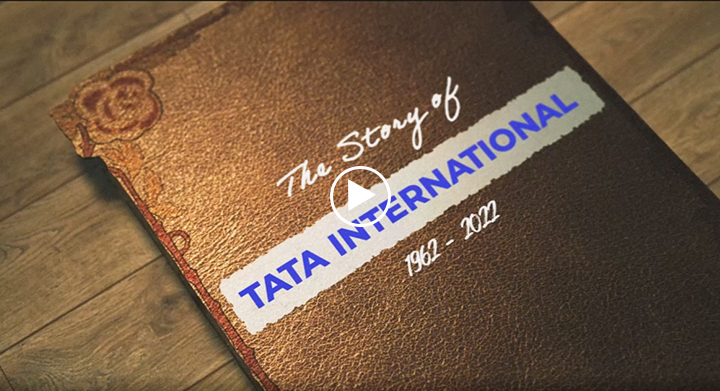‘Expanding our global footprint beyond South Asia’
September 14, 2015
Published by tata.com

The minerals trading vertical of Tata International (TIL), set up about three years ago, has demonstrated impressive growth despite severe volatility in the global minerals business. It has emerged as a major trader of coal, ores and base metals to India and China, sourced mainly from Indonesia and South Africa. The division has a team of experienced professionals based out of India, Singapore, Indonesia, China, Hong Kong and Switzerland.
Alfred Egli, who joined the company in 2013 as global head for the minerals trading vertical, says TIL plans to expand its global footprint in the next 5-10 years as it sees long-term potential in the business.
Excerpts from an interview with Mr Egli:
What are your views on the global minerals market?
Currently, India is the most promising global market for several minerals and metals. Today, India accounts for 90 percent of Tata International’s minerals sales and China accounts for the rest. We have also made a modest start in Thailand and Bangladesh.
As far as the global markets are concerned, there will be volatility for a few years. The markets, however, will develop and traders will improve in how to hedge / manage risks in these challenging times. We are hoping that by next year the markets would have bottomed out at least for some of the products.
What are the focus areas for Tata International’s minerals trading unit?
Since the setting up of the unit three years ago, this business has shown remarkable growth. The company and the Tata group see long-term potential in this business. We will continue to remain focused on profitable growth and not grow the business merely for the sake of achieving scale.
Our current priority is to evolve the business from a pure back-to-back model to a more book-based model. We intend to focus on optimisation of operations, strengthening risk management and financing, as well as talent management and development.
Tell us about your coal trading business. Which are your major markets and what kind of tonnage do you handle?
When I joined the company in 2013, we were trading about 900,000 tonnes of coal annually. Last year, we traded about 4.7million tonnes and in the current financial year, we are looking at a figure of 7-8million tonnes of traded coal. Incidentally, less than 10 percent of total tonnage that we traded was for Tata group companies.
Our emphasis is on India, which currently is the only real growth market in the world for coal. We are being recognised in the Indian marketplace and customers are accepting us. We see good potential for growth in India for imported coal, especially for high-grade coal for the power, steel, sponge iron and cement sectors. We import coal from Indonesia, South Africa, Australia and the US.
Given the weak market conditions prevailing currently, much of our business is generated from spot-bookings. However, this will change at some point of time. We have to be ready for that change in order to stay relevant in the marketplace as a competitive trading house.
What challenges do you face while bringing coal to India?
The main challenge is on the infrastructure side, especially at the ports and inland transportation to the end-user in India.
A big challenge is getting vessels discharged and getting the commodity on-shore. Another difficulty is for the customer to get the necessary rakes to transport the product to its power plant or other sites. There is a shortage of rakes to carry coal from the ports to the end-user. Even with the best-intended efforts, expanding the rail infrastructure takes a lot of time; it is, in fact, easier to build a port or open a mine to de-bottleneck supplies.
All of the above challenges together result in a substantial inefficiency that adversely impacts the purchase economics for end users / importers.
We (the minerals trading division) are contemplating how we can participate in improving this infrastructure and add value downstream. For example, we could consider various avenues such as having our own stockyards, providing other value-added services to our clients, setting up blending facilities at ports, and so on.
Besides India, which other markets are you looking at?
Our main trading office is in Singapore, and we have offices in Hong Kong and China. We are expanding our footprint to Malaysia and Thailand as well. We have customers in China and, though its economy is slowing, it will still be importing 200 million tonnes of coal annually.
Going forward, over the next 5-10 years, we want to expand our global footprint beyond Asia to Europe, the US and Latin America. With China exporting products such as anthracite and coke, we can supply these to Europe and India. We are also looking at base metals (which falls under our division) such as tin and lead, and expanding into ferroalloys.
Our main markets for sourcing minerals are Indonesia and South Africa. We have now started importing from Australia and the US as well, and see potential in Colombia.
The market for minerals can shift dramatically around the world. For instance, about five years ago, 70 percent of South African coal used to be sold in Europe; today, India has replaced Europe and is the main market for South African coal. As an international trading house, we will continue to track such global trade flows and related shifts closely while calibrating our focus areas.



